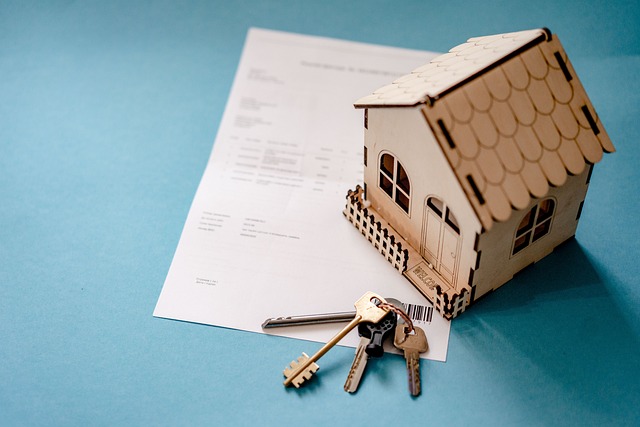After a car title loan repossession, borrowers in Texas have rights and options, including contesting repossession and negotiating repayment plans. Lenders may offer same-day funding by paying off the remaining balance. This period is crucial for avoiding further legal repercussions and recovering assets through alternative financing or negotiation strategies.
After a car title loan repossession, several legal processes and options come into play. Understanding your rights and responsibilities is crucial during this challenging period. This article delves into the intricacies of what happens next, focusing on the legal aspects, borrower protections, and avenues for recovering repossessed vehicles. By exploring these key areas, individuals can navigate the complexities of title loan recovery with informed awareness, seeking favorable outcomes in their unique circumstances.
- Legal Processes Following Repossession
- Rights and Responsibilities of Borrowers
- Options for Recovering Repossessed Vehicles
Legal Processes Following Repossession

After a car title loan repossession, the legal processes begin with the lender or a third-party collection agency taking possession of the vehicle. They have specific procedures to follow, including notifying the borrower and providing them with information about their rights and options. This period is crucial for borrowers seeking a financial solution to avoid further legal repercussions.
In Texas, for instance, Fort Worth loans providers must adhere to state laws regarding repossession and title loan recovery after repossession. Borrowers have the right to contest the repossession within a specified timeframe. If they believe the repossession was illegal or want to negotiate a repayment plan, they can initiate this process through legal channels. The lender might offer alternative arrangements, such as paying off the remaining balance for same-day funding, ensuring borrowers have a chance to regain control of their financial situation.
Rights and Responsibilities of Borrowers

After a car title loan repossession, borrowers face a complex set of rights and responsibilities. While lenders have legal processes to follow, borrowers must understand their options and obligations during this challenging time. One crucial step for borrowers is to communicate with the lender as soon as possible after repossession. This interaction can provide insights into the next steps, including potential opportunities for recovery.
In many cases, individuals might think a repossession means losing their vehicle forever, but there are options available. Lenders may offer a chance to regain possession of the vehicle by fulfilling the outstanding loan balance or arranging for financial assistance through alternative financing methods. It’s essential to discuss these possibilities and understand one’s rights regarding the sale of the repossessed vehicle, which can impact the remaining debt. Additionally, borrowers should request a detailed vehicle valuation report to ensure they are aware of their asset’s worth in the market, aiding in potential negotiation strategies for repayment or recovery.
Options for Recovering Repossessed Vehicles

After a car is repossessed due to non-payment of a title loan, the lender has several options to recover the vehicle. The first step is typically an internal process where the lender assesses the condition of the car and its market value through a thorough vehicle valuation. This involves evaluating factors like the make, model, year, mileage, and overall condition. If the car is in demand and its value remains high, the lender might choose to sell it privately or through an auction.
In some cases, especially with specialized vehicles like boats (boat title loans), lenders may offer the borrower a chance to reclaim the vehicle by paying off the outstanding loan balance, including any associated fees. This provides an opportunity for borrowers to regain possession of their assets if they can arrange the necessary funds promptly. Efficient title loan recovery after repossession strategies not only help lenders mitigate financial losses but also give borrowers a second chance to manage their assets and avoid further legal complications.
After a car title loan repossession, understanding the legal processes, borrowers’ rights, and available options is crucial. The borrower should be aware of their responsibilities in the recovery process, such as adhering to repossession notices and locating the vehicle. Repossessed vehicles can often be reclaimed through various means, including buying back the loan or negotiating with the lender. Title loan recovery after repossession involves navigating legal channels, but borrowers can protect their rights by staying informed and exploring all potential outcomes.






